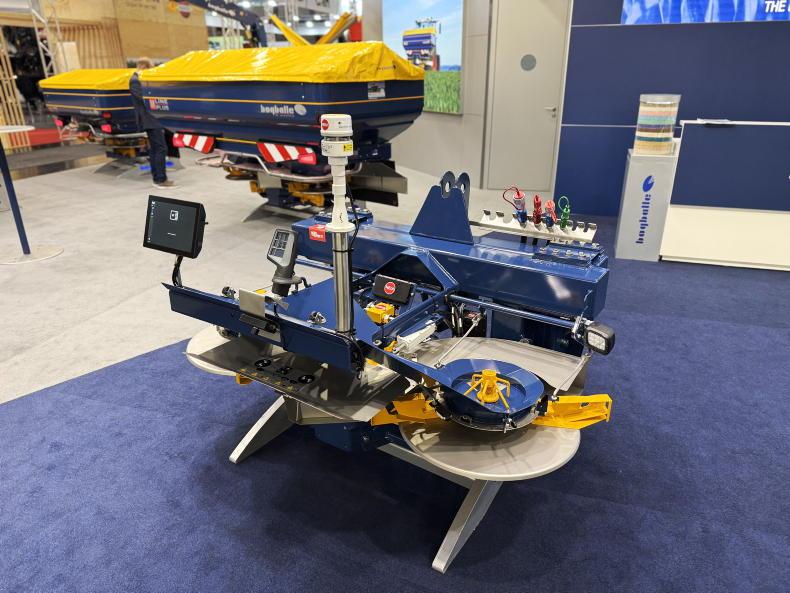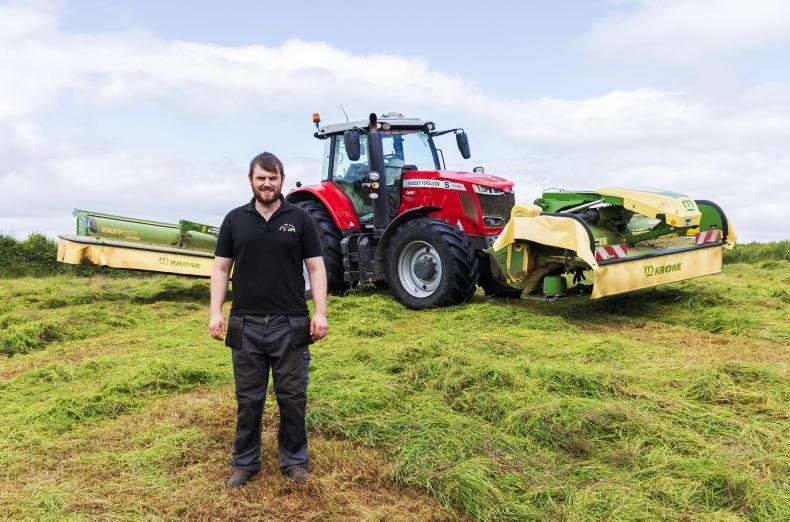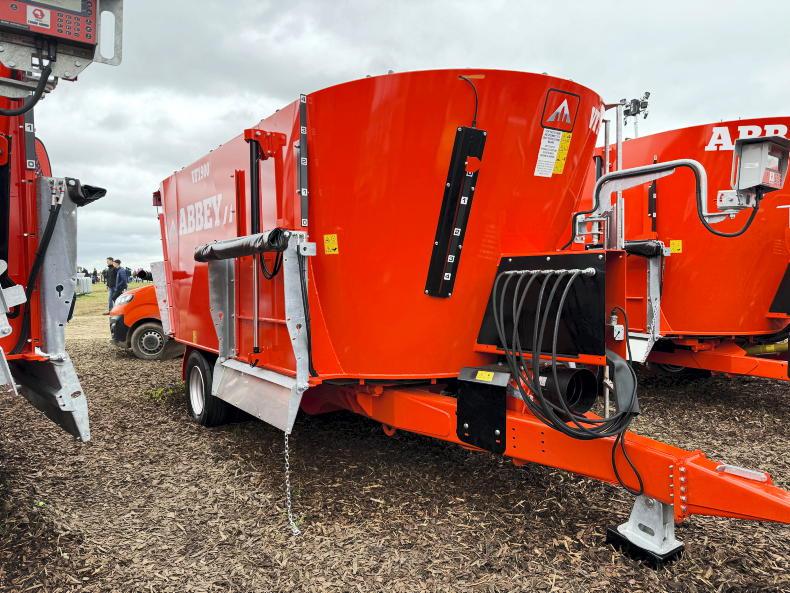I don’t think I’ve ever enjoyed springtime as much as I have this year. March was absolutely perfect; sunny, dry and cool, which was ideal for the winter crops at that time. Slow crop development is preferable for yield and to reduce early season disease pressure.
The cattle are still in, as grass hasn’t really got going yet and, anyhow, we never have cattle out before mid-April. Plus I am not in a rush, because they’ve overwintered well on the arable silage and look a bit ‘hot’ to take chilly nights after shed comforts.
Fertiliser spreading and spraying continues apace, with no real panic to get work done. I like both tasks, but spraying is the preferred one.
But spreading, above all tractor tasks, has become a very streamlined operation compared to what it was when I was a young buck 50 years ago. Back then the yellow Albatross hundredweight bags of fertiliser (50kg) were unloaded by hand off lorries and stacked on the ground, all bloody 75t of it.
Two-tonne pallets were 10 years off, or rather a loader that could lift them. A mighty Farmhand F12 loader was only good for 1,500kg. And 2WD tractor front axles weren’t up to such loadings.
It was the 1980’s arrival of loading shovels like the Cat 910, Michigan 35B and Volvo 642 and 4200 that made pallet-handling possible. But for us in the 1970s, it was the Ford 5000 and Quicke loader and the bags were bucket loaded, 10 at a time, into the trailed Vicon 3t spreader, which we thought was huge.
Now we have a mounted spreader laden with 3.5t. Then it took two men half an hour to fill the spreader; now it takes me less than 10 minutes with 600kg top-lift bags.
Spreading rate per acre was also very inaccurate. Like all gravity flow fertiliser spreaders, the flow was greater when the spreader was full and dwindled as it reduced. Most new entry level spreaders are still like this (as are slug pelleters) and I dislike them. Waste of fertiliser.
But I had to wait until the 1990s before Bogballe and others brought out spreaders with onboard electronic weighing systems and rate proportional to groundspeed. I was in spreader heaven and their incredible accuracy still pleases me.
However, in the 1970s there was one spreader which mechanically delivered proportional output, but we didn’t have one. The revolutionary Taskers used a ground-driven chain to convey the fertiliser to a spinning disc. It’s the machine that I most regret never owning. By way of recompense, a guy in the North is scratch-building me a 1.32 model of one.
In the late 1980s, we went through the pneumatic spreader phase, which was also revolutionary and accuracy improved by about 1,000%. But with 12M manual fold booms it was slow, with a fold before and after every fill.
We had only begun to use tramlines and before that bout marking was very inaccurate. The worst was spreading fertiliser for second-cut silage with no tracks visible. It was complete guesswork without a flagman.
Back in the day, manufacturers with double overlap spread pattern machines like Bogballe claimed accuracy was okay, ‘even when driver’s drift’. It was. Most of the field got something.
And so to section control and the auto-steer technology of today. It’s the tillage equivalent of moving in one lifetime from the hardship of hand-milking cows to robots. Sprayers have also greatly changed over the years, but it was never hard work, just toxic to your health. Paraquat and Captafol drifting in through the open back window on the Fiat 780 wasn’t great. Still, probably better than vaping today.









SHARING OPTIONS